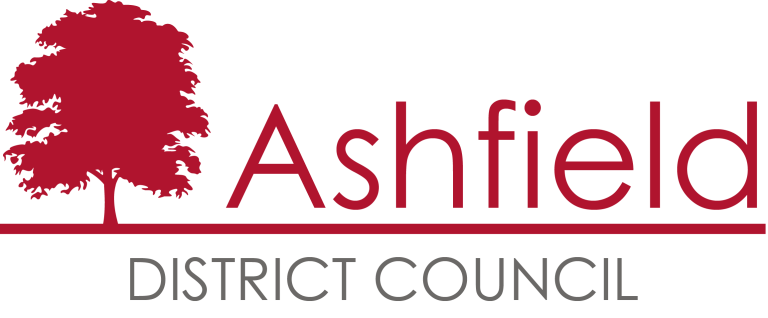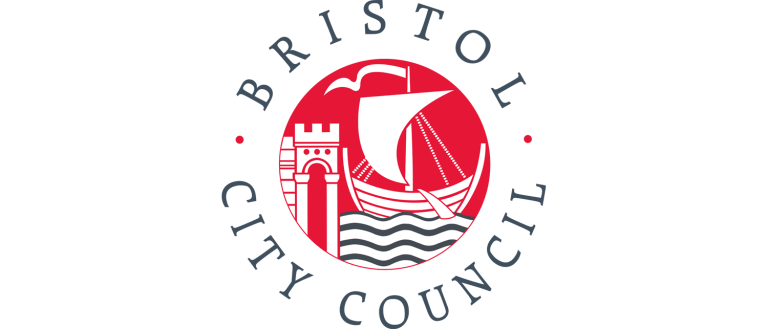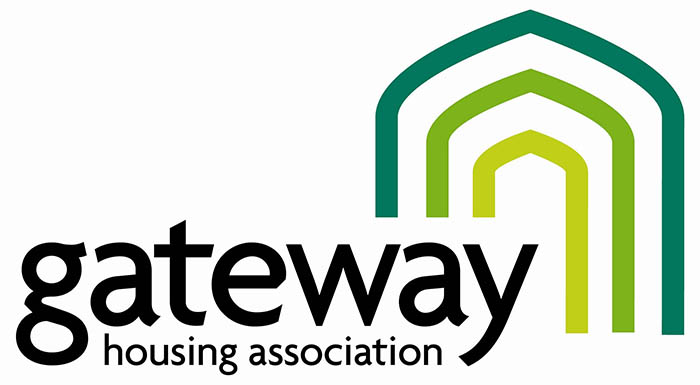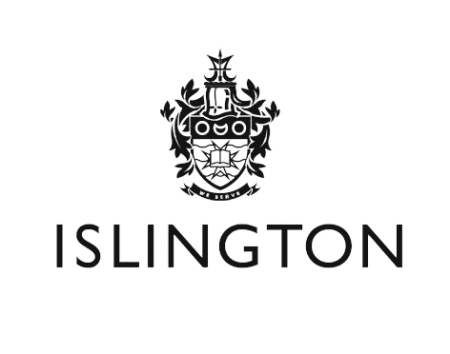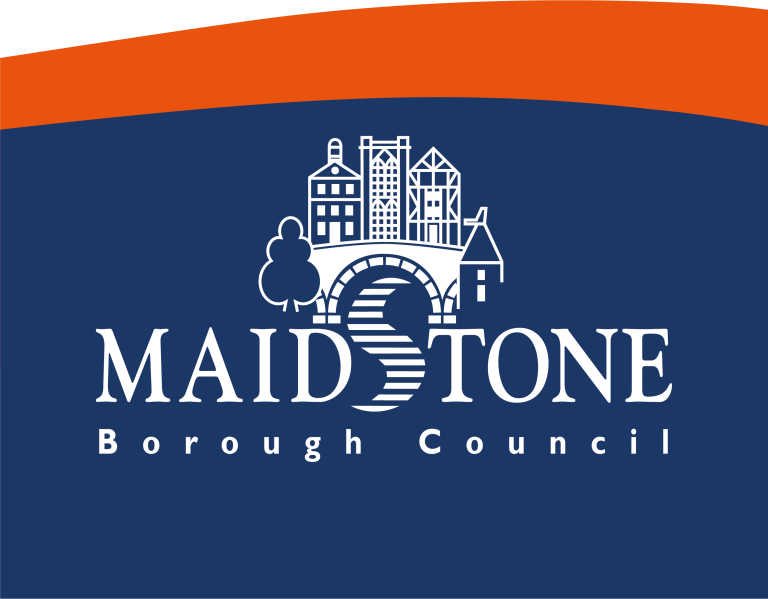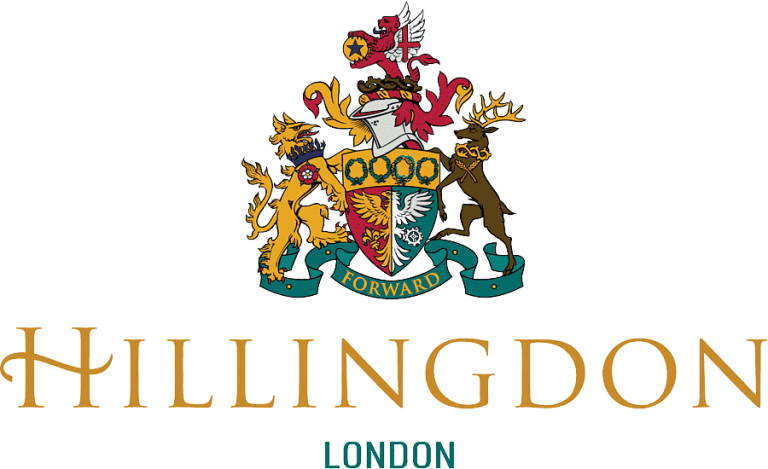The topic of Diversity, Equity and Inclusion continues to underpin commercial
business strategy across the world, especially when considering how to hire top
talent. However, the urgency of ‘getting things done’ impedes getting things right.
There are two key points that must be taken into consideration:
First, we need to challenge our understanding of what constitutes ‘diverse’ – everyone is
diverse, which means we must stop defining minority groups within homogenous
environments as ‘diverse talent’ because it assumes diversity is all they can bring to the
table. Diversity recruitment is just simply recruitment and as a female of mixed heritage
I want to know I’ve been hired because I’m a superstar and not because I look different.
Secondly, there is no point talent pipelining if your organisation isn’t inclusive, as
reflected through your culture, EVP, and reputation; culture eats strategy for breakfast.
WHY IS TALENT PIPELINING IMPORTANT?
Quite frankly, diversity of thought will come from a diverse group of people. When you’re
in a rush to find someone who fits a job description, it’s all too easy to revert to tried and
trusted hiring techniques and talent sources, which is not conducive to new modes of
thinking. By talent pipelining, you have access to a wider net of talent and the process
will change behaviours from looking for someone to fit a mould. Hiring the right person
for the job doesn’t equate to hiring a clone of the last person that was in the job.
This will lead to improved idea generation and problem solving where everyone’s
creative juices can flow, and better decisions are made because of it. Matthew Syed
speaks eloquently about this in his book Rebel Ideas.
HOW CAN YOU PIPELINE TALENT?
To reiterate my earlier point, you can only achieve a diverse workforce if your company
culture is authentically inclusive in the first place.
• Firstly, make inclusion your core mission, establish non-biased recruitment
processes, implement pay gap reporting, ensure your benefits serve everyone
equally, make training mandatory and enforce zero tolerance – make everyone
feel like they belong, and you’ll attract more talent. This is about everyone feeling
as though they below.
• Through your CSR, actively attract talent to your brand, industry, or
functionalities you consider less diverse within the business. Often, there is a
lack of diversity within some areas full stop, so we need to encourage young
people to enter those markets.
• Sponsor institutions, attend events or offer your specialist knowledge among
circles of untapped talent, including those hosted by search firms – get your
company name in lights!
• Consider mentor schemes with local higher and further education institutions.
• Establish paid internships or apprenticeships – making sure the pay is fair
otherwise they immediately exclude those who are financially disadvantaged.
• Set goals, not quotas. For example, set a goal that all job adverts or the company
landing page is written in neutral language or that you will train 100% of the talent
and hiring community within a certain timeframe.
• Work with agencies who have a solid D,E & I agenda – they can represent your
brand in the market when talking to passive candidates.
WHAT TO BE AWARE OF
It’s very important to consider who is attracting talent into your business and addressing
their biases. Make sure your talent teams are actively considering potential candidates
based on the value they can bring to the organisation and not just the credentials of the
previous person; by default, you’ll be looking to replicate a hire, not consider the value a
diverse perspective could bring. With your hiring managers, ask them if they consider a
group of people to be better at a job role than another and then get them to consider
why their teams lack wider representation.
Remember equality and equity are different things – suggesting all candidates have an
equal footing by going through the same interview process is not equitable. You could
miss out on a brilliant candidate who is neurodiverse because you’ve insisted on ‘the
social test’.
This will lead you directly into analysing barriers to entry that have existed. For example,
within the Russell Group universities, there is a huge student population disparity
concerning race; by stipulating Russell Group educated candidates in job descriptions,
you’re immediately discounting a huge range of talent based on barriers to entry that
existed when they were at school.
Avoid being performative at all costs – at the end of the day you’ll miss out on great
talent and damage your reputation in the process. You’ll teeter on territory of being
viewed as unfair or participating in a ‘tick box’ exercise. This is not a quick fix and why
improving our talent pipelining for future generations is so important.



